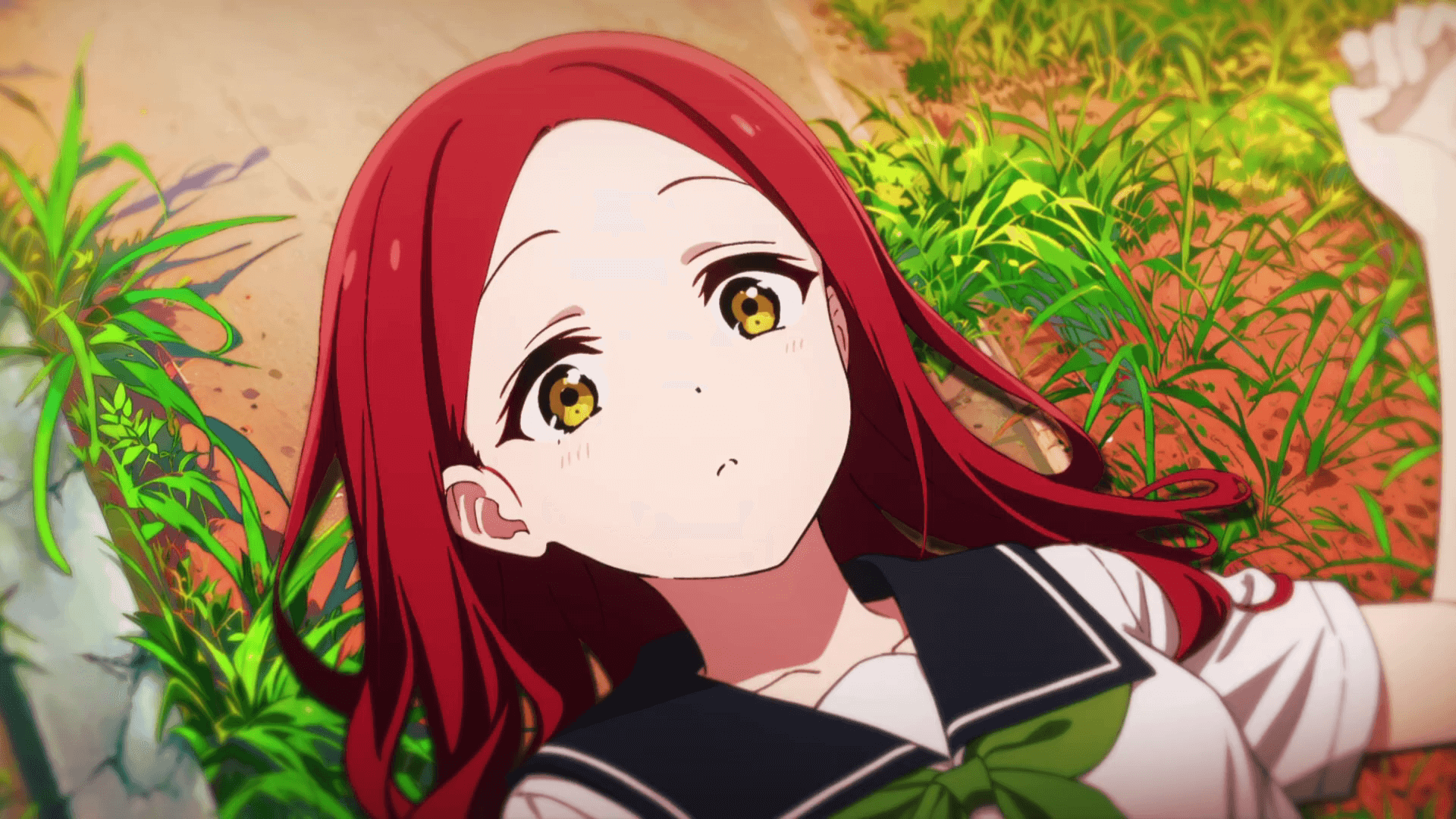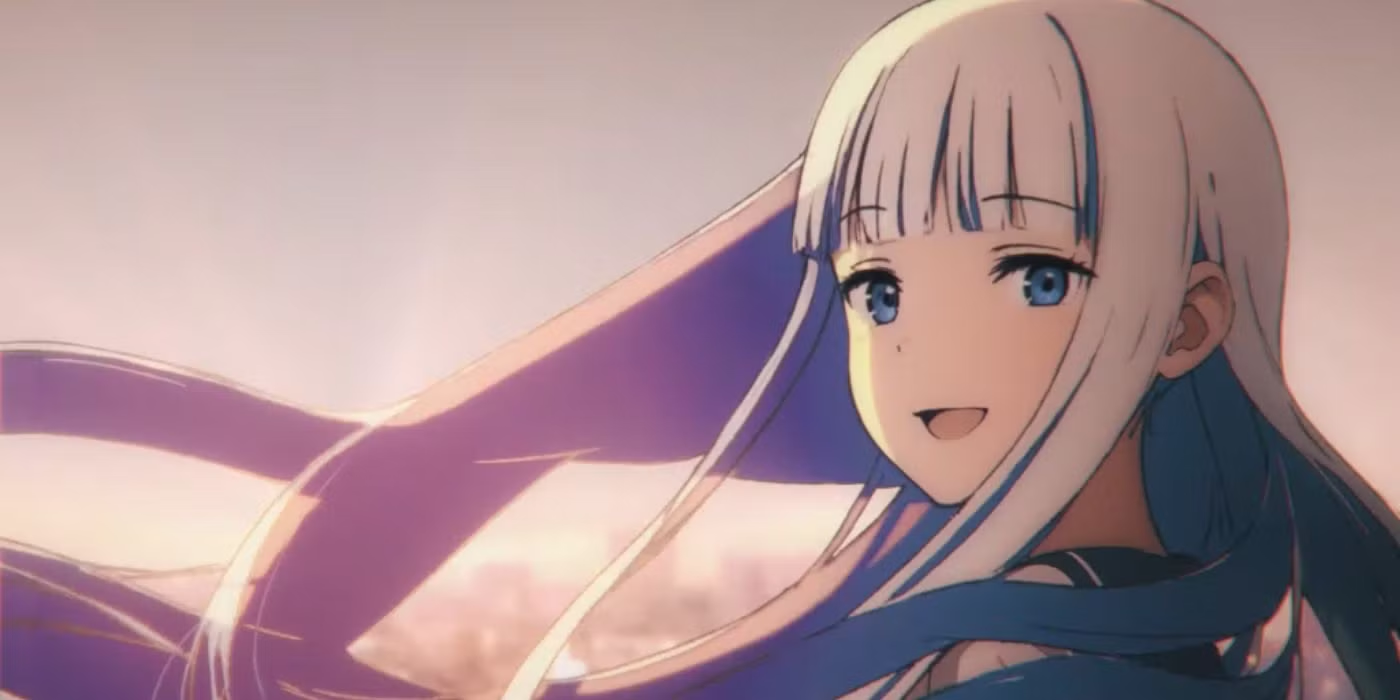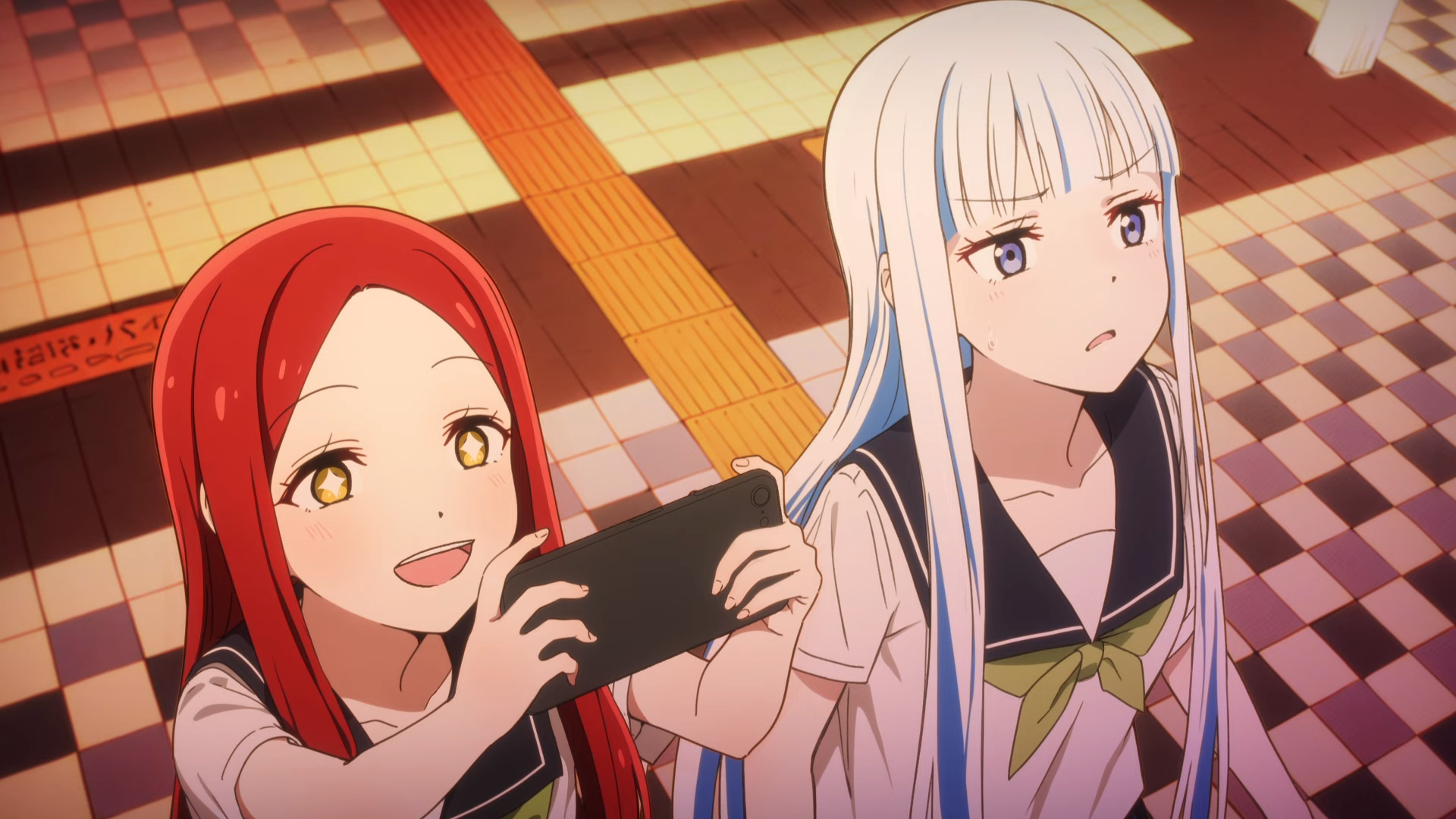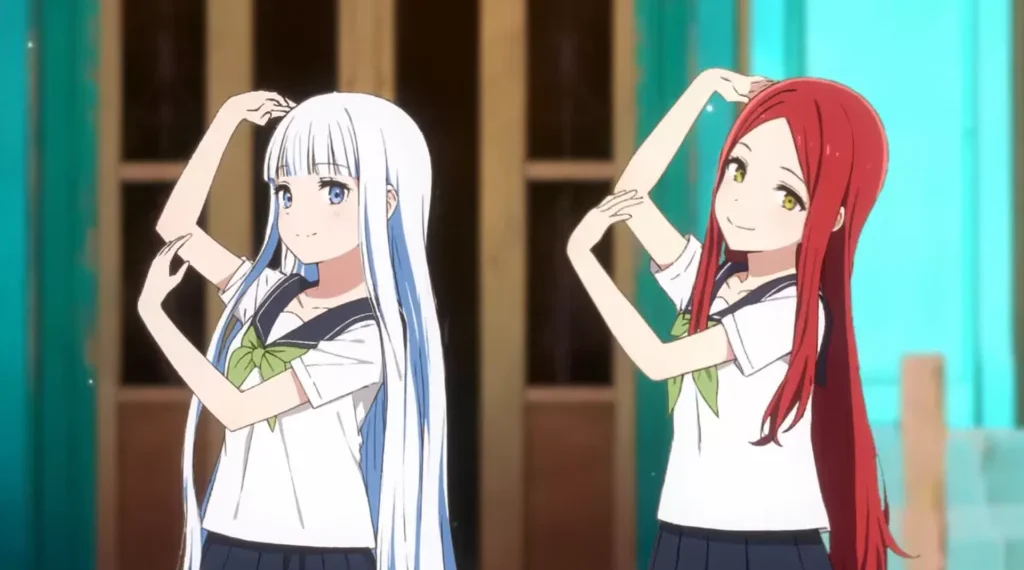The rise of AI in anime production is becoming more divisive than ever. Studio Ghibli’s recent entanglement with AI-generated art has sparked heated debate, and now Iizuki Naomichi, director of Twins Hinahima, has stepped into the conversation. As the creator of the first AI-assisted anime, Naomichi stands by the benefits of AI in streamlining production — but he’s drawing a clear line when it comes to creative control.
The debate gained momentum after OpenAI introduced an update that allowed users to generate Studio Ghibli-style art. The resulting flood of AI-generated content ignited concerns about copyright and creative ownership. Amid this backdrop, Naomichi addressed the role of AI at the 3rd Niigata Animation Festival on March 17th, where he defended AI’s ability to enhance, rather than replace, human creativity in anime production.
Naomichi Advocates AI for Efficiency, Not Creativity

Naomichi, who served as a line producer for Ghost in the Shell SAC_2045: The Last Human, explained that AI is a tool to support animators, not replace them.
Twins Hinahima, which is set to release on March 30th, utilized AI for approximately 95% of the production process — particularly for hair movement and in-between frames. This approach drastically reduced production costs and time, but Naomichi insists that AI’s role should remain in the technical realm, not the creative one.
“I never even thought of entrusting directing to AI. I thought it would be pointless to let AI do the interesting parts of video production,” Naomichi explained. “Anime production is made up of imitation. Animators have to imitate character designs, and in-betweeners have to imitate key drawings. That’s how anime is made. [Animators] have fewer and fewer opportunities to think about directing. I hope that by using AI to reduce production costs, animators will have more opportunities to direct.”
Naomichi’s comments reflect a growing tension in the anime industry. While AI offers undeniable benefits in terms of speed and cost, there are fears that overreliance on AI could dilute the artistry that defines anime. Studio Ghibli’s legacy, built on hand-drawn animation and meticulous detail, represents a stark contrast to AI-generated content — and the conflict between tradition and technology is only intensifying.
AI’s Role in Recreating Iconic Anime Styles Sparks Debate

One of the more controversial aspects of AI in anime is its potential to replicate specific artistic styles. Naomichi acknowledged this concern, noting that AI could eventually mimic the nuanced styles of legendary works like The First Slam Dunk (2022). However, he emphasized that AI should remain a supportive tool rather than a creative force.
This sentiment reflects the broader unease surrounding AI in creative industries. If AI can generate Ghibli-style art or replicate the look of classic anime, where does that leave the original artists? The legal and ethical implications of AI-generated art remain largely untested, but cases like Studio Ghibli’s recent controversy suggest that boundaries will need to be drawn soon.
Twins Hinahima Could Set the Tone for AI in Anime

Twins Hinahima will serve as a test case for AI-assisted anime production. The story follows two young girls striving to become famous internet celebrities, only to encounter a series of surreal and unsettling events during their streams. While AI handled much of the production work, the character designs were created by human artists — preserving a balance between human creativity and AI efficiency.
Fans and industry insiders will be watching closely when Twins Hinahima premieres. If the anime succeeds, it could signal a shift toward more AI-supported production in the anime industry. However, if it fails, it may reinforce the argument that AI cannot replicate the human touch that defines anime’s emotional and artistic core.
As the industry grapples with AI’s growing influence, the success or failure of Twins Hinahima could determine how far anime creators are willing to embrace AI in the years to come.














